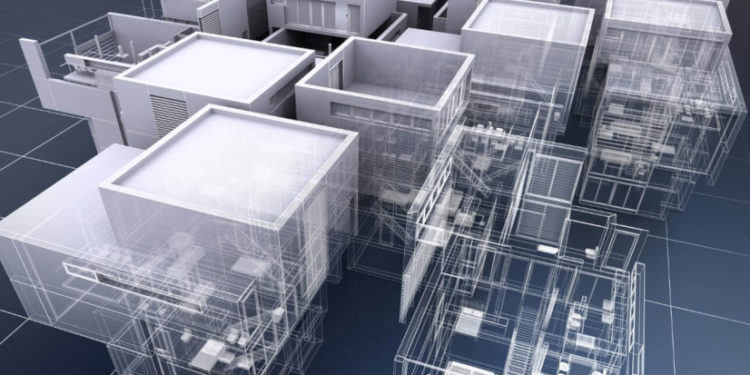In recent years, the construction sector has experienced transformative shifts, challenging conventional norms and ushering in a new era of innovation. This article delves into the pivotal changes revolutionizing the industry, paving the way for a more efficient, sustainable, and dynamic future.
Kenya’s construction industry has demonstrated dynamism in recent years, with players such as architects, civil engineers, and developers introducing new techniques. The Architectural Association of Kenya (AAK) has been at the forefront, highlighting the industry’s transformative changes.
A crucial development in the construction industry is the adoption of Building Information Modelling (BIM). BIM enables the creation of a comprehensive digital model containing all pertinent information about a building or infrastructure project. This visual representation of the entire project enhances stakeholders’ understanding of the design and construction process.
The integration of 3D-printing has emerged as a game-changer in construction. This technology accelerates the construction process by facilitating the rapid layer-by-layer deposition of construction materials, allowing for the creation of intricate structures in less time than traditional methods. Notably, certain 3D printing processes incorporate sustainable and eco-friendly construction materials.
Digital Site Mapping, emphasized by AAK, holds significance in today’s construction industry. This process involves compiling and formatting data into a virtual image, with the integration of Artificial Intelligence (AI) leading to high-resolution imagery and maps.
Virtual and Augmented Reality (VR and AR) are gradually finding their place in the industry. Contractors leverage AR to superimpose 3D models onto construction sites, providing visualization of finished projects and facilitating on-site decision-making. Moreover, VR and AR contribute to improved project coordination and communication.
Technology’s pivotal role in construction is evident, revolutionizing traditional processes and significantly enhancing efficiency, safety, and precision. The integration of technology not only expedites project timelines but also enhances overall project outcomes, making construction processes more sustainable and cost-effective.


















